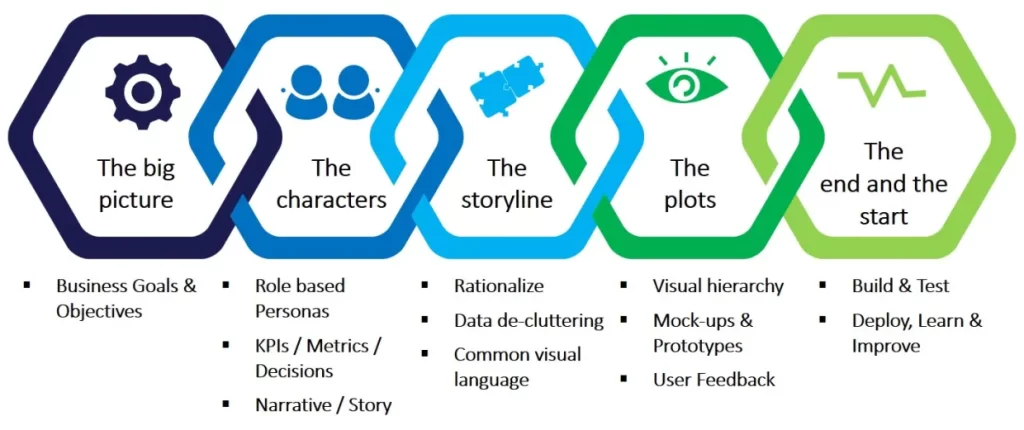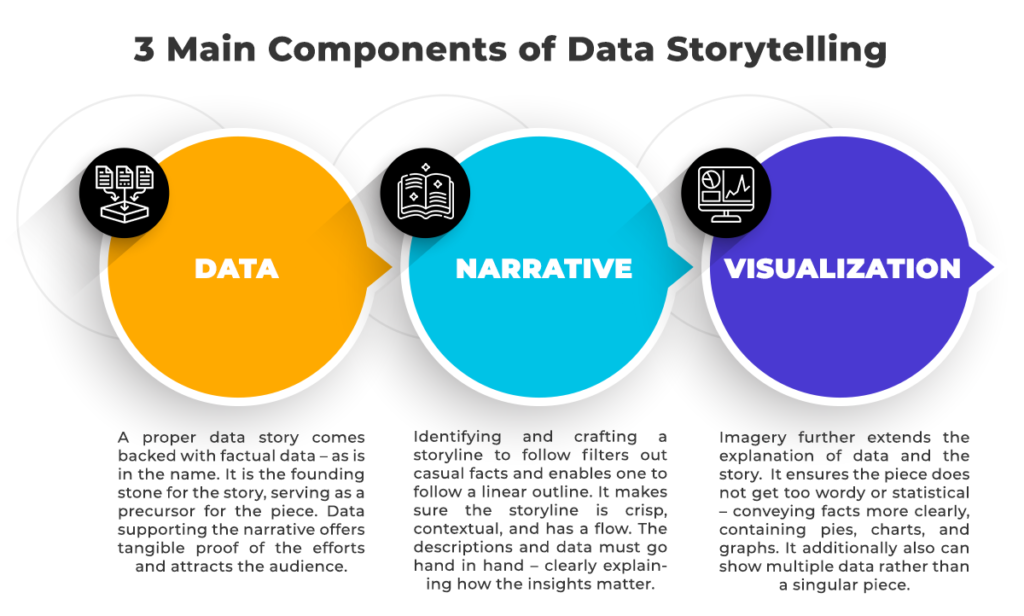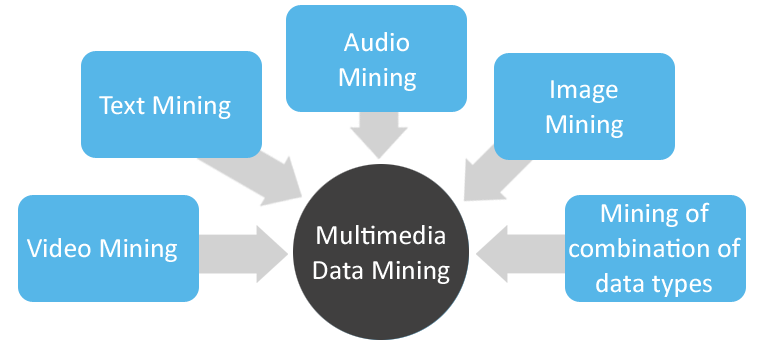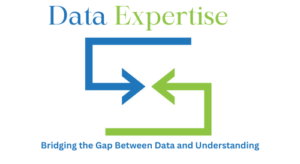Introduction to Advanced Data Storytelling
Advanced Data storytelling is an art that combines data visualization with narrative techniques to communicate insights in a way that is engaging, informative, and persuasive. Advanced data storytelling goes a step further by leveraging innovative tools, multimedia, and storytelling techniques to connect with audiences on a deeper emotional and intellectual level.
Advanced data storytelling transcends traditional boundaries, integrating nuanced data analysis with compelling narrative structures to engage audiences on an intellectual and emotional level. It’s about harnessing the power of data within a story, transforming numbers into narratives that not only inform but also inspire and drive action.

The Evolution of Advanced Data Storytelling
Data storytelling has evolved from simple charts and graphs to complex narratives that weave together various data sources, contextual information, and storytelling elements to create a compelling narrative that drives action and decision-making.
What began as simple data representation has morphed into a sophisticated discipline that merges data science with creative storytelling. This evolution reflects our growing understanding of data’s role not just as a source of information, but as a powerful narrative tool that, when wielded with skill, can illuminate truths and influence change.
Key Elements of Advanced Data Storytelling

Advanced data storytelling is an amalgamation of art and science, requiring a balance between accurate data representation and engaging narrative construction. It’s a multifaceted approach that demands a deep understanding of both data analysis and storytelling techniques to create narratives that resonate and retain their factual grounding.
Context and Narrative
The context provides the backdrop for the data, offering insights into why the data matters. It’s the framework that transforms data from abstract to understandable. The narrative weaves this context into a coherent story, guiding the audience through the data in a way that is meaningful and impactful.
Contextualizing data helps anchor the narrative, providing a relatable foundation for the audience. It’s about connecting data points to the larger picture, making the story not just informative but also relatable.
- Developing a narrative that resonates with the audience and provides context to the data.
Visualization Techniques
Visualization techniques are the visual vocabulary of data storytelling, transforming complex data sets into understandable and engaging graphics. These techniques not only illustrate data points but also highlight trends, patterns, and outliers, making the data accessible to all.
Advanced visualization goes beyond basic charts and graphs; it involves using a variety of visual tools and techniques to present data in the most effective way possible. This can include interactive elements, multimedia integration, and innovative design choices to enhance comprehension and engagement.
- Employing advanced visualization techniques to illustrate data in an impactful way.
Techniques to Enhance Data Narratives
Employing narrative structures in advanced data storytelling can significantly enhance the audience’s understanding and retention of information. Techniques such as storytelling arcs, character development, and thematic storytelling can transform a data presentation into a compelling data narrative.
Interactive storytelling elements also play a crucial role, allowing audiences to explore data at their own pace, ask questions, and discover personalized insights. This two-way interaction deepens engagement and fosters a more profound connection with the data.
- Utilizing storytelling frameworks and narrative techniques to structure data stories.
- Leveraging data to create characters, settings, and plots within the narrative.
Integrating Multimedia in Data Stories

Incorporating multimedia elements like videos, animations, and interactive visualizations can transform data stories, making them more engaging and memorable for the audience.
Audio Narration
Integrating audio narration can provide a human touch to data stories, guiding the audience through the narrative and emphasizing key points. Audio can enhance comprehension, especially when combined with visual data representations, creating a multisensory storytelling experience.
Interactive Elements
Incorporating interactive elements allows audiences to engage with the data story actively. Whether it’s exploring data sets, changing variables, or navigating through different story paths, interactivity turns passive viewers into active participants, deepening their understanding and investment in the story.
Case Studies: Transformative Data Stories in Action
Transformative data stories have the power to illuminate complex issues and drive home the impact of data-driven insights in real-world scenarios. These narratives often go beyond mere statistics, weaving data into compelling stories that resonate with audiences and inspire action. For instance, a public health organization might use data storytelling to depict the journey of a community’s health improvement over time, incorporating various data points into a narrative that showcases the effectiveness of health interventions.
In the corporate world, a company might use data storytelling to narrate its growth story, using data to highlight key milestones, challenges overcome, and the strategic decisions that fueled its success, thereby not just informing but also engaging stakeholders at a deeper level.
Case Study 1
A non-profit organization used advanced data storytelling to illustrate the impact of climate change on global populations. By integrating data with personal stories and interactive maps, they provided a compelling narrative that spurred action and advocacy.
- Personalization of global issues through data
- Increased engagement through interactive storytelling
- How a non-profit used data storytelling to drive awareness and fundraising efforts.
Case Study 2
A financial firm leveraged data storytelling to communicate complex investment strategies to clients. Using animated data visualizations and scenario analysis, they demystified financial data, enhancing client understanding and trust.
- Simplification of complex financial data
- Enhanced client engagement and trust through clarity
- A corporation’s use of data storytelling to communicate complex financial data to stakeholders.
The Role of AI in Crafting Data Stories
AI and machine learning are increasingly being used to automate aspects of data analysis and narrative generation, providing new opportunities and challenges in data storytelling.
Artificial Intelligence is revolutionizing data storytelling by automating data analysis and narrative generation. AI can uncover hidden patterns, generate insights, and even suggest narrative structures, significantly enhancing the speed and scale at which data stories can be produced.
The integration of AI in data storytelling is not just about efficiency; it’s about adding a layer of intelligence and personalization to the narratives. AI algorithms can analyze audience preferences, previous interactions, and engagement metrics to tailor data stories in a way that resonates more personally with each viewer.
- Automated insight generation from large data sets
- AI-driven suggestions for narrative structures and visualization techniques
This personalization can dramatically increase the relevance and impact of the data stories, making them not just informative but also deeply engaging. By understanding the audience at a granular level, AI can help craft data narratives that are not only factually accurate but also emotionally compelling.
Ethical Considerations in Advanced Data Storytelling
Ensuring accuracy and integrity in data representation is paramount. Data storytellers must strive to maintain the authenticity of the data while crafting engaging narratives, avoiding any manipulation that could mislead the audience.
In the realm of advanced data storytelling, ethical considerations extend beyond data accuracy and integrity. They delve into the realm of narrative bias, where the way a story is told can influence perceptions and decisions. Storytellers must navigate the fine line between persuasive storytelling and manipulative narrative, ensuring that the data’s story is told in a way that is both compelling and fair.
- Responsibility to represent data truthfully
- Avoiding bias and ensuring inclusivity in data narratives
- Ensuring accuracy and integrity in data representation.
- Balancing the narrative’s impact with the responsibility to present data truthfully.
This involves a commitment to transparency, where the data sources, transformations, and interpretations are clearly communicated, allowing the audience to understand the basis of the narrative and draw their own informed conclusions.
Strategies for Effective Audience Engagement
Understanding the audience is crucial in crafting effective data stories. Tailoring the narrative to their interests, knowledge level, and needs can significantly enhance engagement and comprehension.
- Audience analysis for tailored storytelling
- Utilizing feedback mechanisms to refine and adapt data stories
- Understanding the audience and tailoring the data story to their interests and needs.
- Using interactive elements to create a two-way dialogue with the audience.
To engage audiences effectively, data storytellers need to think beyond data visualization and narrative; they need to consider the experiential aspect of their stories. This means creating an immersive environment where the audience can interact with the data, explore different facets of the story, and even contribute their perspectives.
By turning data storytelling into a two-way dialogue, storytellers can foster a deeper connection with the audience, making the data more memorable and impactful. Engagement then becomes not just about consuming data but about experiencing it, transforming the audience from passive viewers to active participants in the data story.
Predictions for the Future of Data Storytelling
The future of data storytelling is likely to see an increased integration of advanced technologies like AI and VR, offering more immersive and interactive data experiences. The focus will also shift towards more personalized and audience-centric narratives, making data storytelling even more relevant and impactful.
- Integration of VR for immersive data experiences
- Move towards more personalized and audience-centric narratives
- The growing importance of data literacy and its impact on data storytelling.
- How emerging technologies will continue to shape the landscape of data storytelling.
Conclusion
Advanced data storytelling is not just about presenting data; it’s about crafting narratives that resonate, inform, and inspire. As we move forward, the fusion of data, narrative, and technology will only become more integral to how we communicate and make decisions based on data.
Advanced data storytelling is more than just a method of presenting data; it’s a powerful tool that can influence perception, drive change, and foster a deeper understanding of complex issues. As we move forward, the fusion of data, narrative, and technology will continue to evolve, offering new ways to tell the stories hidden within our data.



